
Orthopedic Surgeon near 10021
Orthopedic Surgeon Near 10021
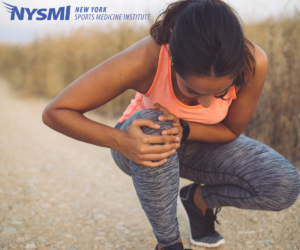
New York Sports Medicine Institute has an Orthopedic Surgeon near 10021 that provides a wide range of highly specialized treatments to properly evaluate and treat sports related and chronic conditions affecting the shoulder, knee, hip, elbow, hand, wrist, foot, and ankle. Sports injuries are often caused by trauma suffered during competition and repetitive or overuse wear and tear. Chronic conditions may include arthritis, age-related deterioration, or any number of factors related to use or associated health issues. When surgery is required, our Orthopedic Surgeon near 10021 offers minimally invasive arthroscopic surgery for a number of conditions related to injuries of the shoulder, knee, hip, elbow, foot, ankle, hand and wrist. Our orthopedic surgeons are also highly regarded for providing hip, knee, and shoulder total joint replacement.
Different Ways To Treat Knee Pain
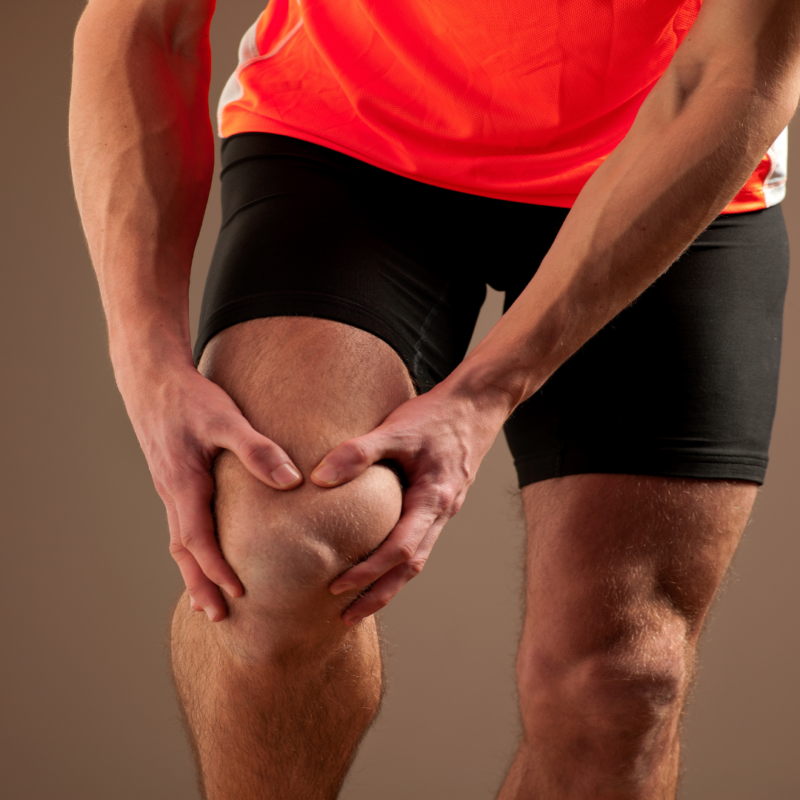
The New York Sports Medicine Institute has an Orthopedic Surgeon near 10021 that provides a wide range of highly specialized treatments that properly evaluate and treat sports-related injuries and chronic conditions that affect the hip, knee, shoulder, wrist, hand, elbow, foot, and ankle. Sports injuries are often caused by trauma suffered during competition and chronic conditions including arthritis or other related health issues often result in sustaining knee injury and deterioration. If you feel you fit the description or suffer from joint pain, plan for Orthopedic Surgeon near 10021 at the New York Sports Medicine Institute.
Arthritis of the Knee:
Arthritis is swelling and tenderness of one or many joints and is caused by inflammation of the joints. There is no cure for arthritis but there is a wide range of treatments that have been developed over the years, Orthopedic Surgeon near 10021 consultations from the New York Sports Medicine Institute will identify and plan treatment accordingly with the commitment of your safety and recovery. Arthritis of the knee is sustained trauma or from disease, osteoarthritis, and rheumatoid arthritis.
Osteoarthritis is the deterioration of joint cartilage which causes bones to rub against one another and is the most common form of arthritis and affects millions of people worldwide. The osteoarthritis beginning stages can be brought on through physical injuries, such as blunt trauma, but the most common cause of this type of arthritis is due to natural aging. Osteoarthritis can affect any joint but the most common areas include the hands, knees, hips, and spine.
The knee is considered the largest joint in the body and also the most easily injured. This joint serves many purposes such as supporting weight, pivoting, running, and jumping. This consists of the lower end of the femur, or thigh bone, which rotates on the upper end of the tibia, or shin bone, the patella, or kneecap, which slides in a groove on the end of the femur. The knee contains ligaments that help control the range of motion by connecting bones and bracing the joint against abnormal types of shock and motion.
The knee is stabilized by the Anterior Cruciate Ligament (ACL) and Posterior Cruciate Ligament (PCL) which cross one another on the inside of the knee. The Medial Collateral Ligament (MCL) and the Lateral Collateral Ligament (LCL) provide stability on the outside of the knee while the Meniscus, a soft wedge of cartilage between the femur and tibia, serves as a cushion to the knee and has a primary function of absorbing shock during motion.
Types of Knee Pain and injuries:
Anterior Cruciate Ligament (ACL) injury is caused by quick changes of direction in the knee during motion, abrupt changes in speed, or an awkward landing or pivot on the knee.
Medial Collateral ligament (MCL) injury is sustained by collision absorbed to the side of the knee which causes the ligament to stretch to the point of rupture or tear.
Posterior Cruciate ligament (PCL) injury is caused by a strong force, such as blunt or collision trauma, to the knee in a bent position, twisting, or hyperextension leading to injury.
Meniscus tears are injuries in which there are tears in knee cartilage that can be caused by wear and tear or motion injuries such as pivoting, twisting or cutting.
Osteochondritis dissecans (OCD) of the knee is when a piece of cartilage and a layer of the bone beneath it, typically the femur, come loose from the bone.
Different ways to treat knee pain:
Consider Orthopedic Surgeon near 10021 at the New York Sports Medicine Institute for minimally invasive arthroscopic ACL and PCL reconstruction surgery, a widely accepted treatment for ligament issues.
Meniscus repair addresses cartilage problems.
Total knee replacement or knee arthroplasty is a surgical procedure that replaces all three parts of the knee in order to restore function and relieve pain and discomfort caused by injury and trauma. The most common condition that leads to total knee replacement surgery is a degenerative joint disease, such as osteoarthritis, and typically affects middle-aged and older adults but knee trauma and other factors can result in the early onset of this disease.
Partial knee replacement is typically for people dealing with degenerative disease and only the damaged part of the knee cartilage is replaced with a prosthesis. This type of treatment is appropriate for patients with medial, lateral, or patellofemoral knee osteoarthritis.
Physical therapy for a range of motion and core strengthening.
Rest, ice, compression, and elevation are good for minor knee pain caused by inflammation or injury.
At New York Sports Medicine Institute we are committed to excellence by providing the highest quality of orthopedic and sports medicine care. Along with the treatment of immediate or chronic problems, New York Sports Medicine Institute strives in the prevention of all treatment to alleviate future difficulties. For surgical, and non-surgical needs, consider Orthopedic Surgeon near 10021 at New York Sports Medicine Institute for consultation, booking available online here.
Request An Appointment With Our Orthopedic Surgeon near 10021
How To Relieve Arthritic Knee Pain
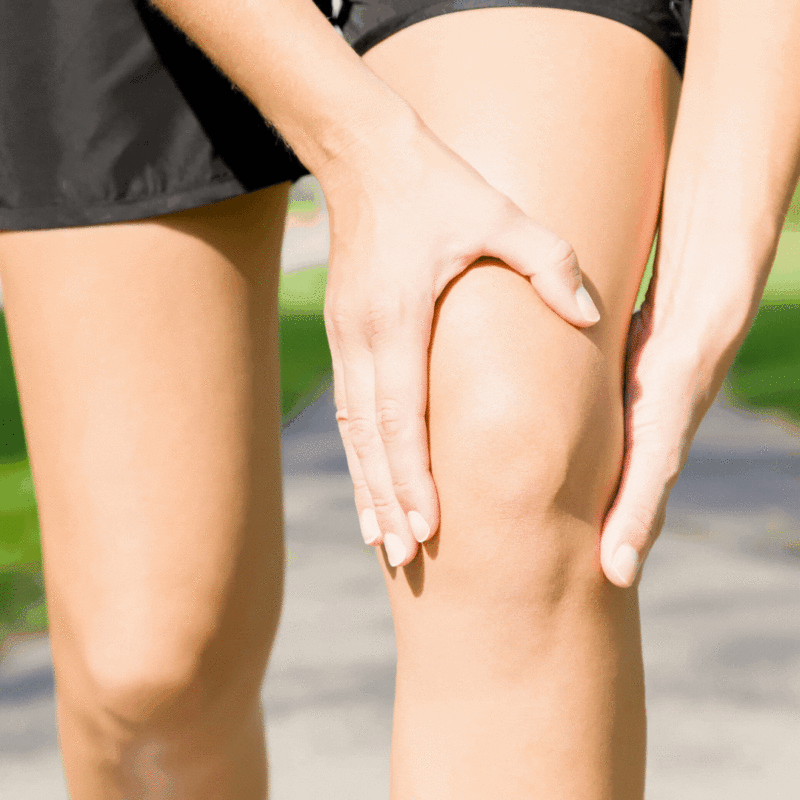
Having arthritic knee pain can make everyday activities, such as walking or climbing up the stairs very difficult. Unfortunately, there is no cure for arthritis; however, there are many ways to relieve your arthritic knee pain. The longer you wait to address your knee pain and allow the pain to worsen, the higher the chance of having to visit an Orthopedic Surgeon near 10021.
What is Arthritis?
Arthritis is the inflammation of one or more joints that causes pain, swelling, and stiffness. While arthritis can affect any joint in the body, it is most common in the knee. The most common types of arthritis are osteoarthritis and rheumatoid arthritis. Osteoarthritis is a degenerative type of arthritis caused by “wear and tear.” This is the most common type of arthritis in the knee and is typically seen in people ages 50 and older. With this condition, the cartilage in the knee joint begins to wear away, becoming frayed and rough. As a result, painful bone spurs are produced as the bone rubs against the bone. Over time, the pain will worsen. Rheumatoid arthritis is a chronic disease that attacks the knee joint as well as other joints throughout the body. With this condition, the synovial membrane that covers the knee joint swells, causing pain and stiffness. It is also considered an autoimmune disease where the immune system attacks its own tissue, which is cartilage and ligaments. This, in turn, softens the bone.
Symptoms
Arthritis in the knee is painful and tends to develop gradually over time. There are other symptoms besides pain which include:
- The knee becomes stiff and swollen, which makes it difficult to bend and straighten.
- After sitting, resting, or just after waking up in the morning, the pain and swelling main be worse.
- Vigorous activity causes pain to flare up.
- During movement of the knee, your knee way lock or stick, which causes a creaking, clicking, or snapping noise.
- You may notice buckling or weakness in the knee.
- Increase in joint pain with the change of weather.
Treatment
Unfortunately, there is no cure for arthritis; there are different forms of treatment that can help to relieve the pain, both nonsurgical and surgical.
For nonsurgical treatment, your doctor might recommend the following treatment options:
- Lifestyle Modifications: By making small changes to your everyday life, you can prevent and slow the progression of your arthritis. Such changes include minimizing activity that causes pain, avoiding high-impact activities, and losing weight to reduce stress on the joint.
- Physical Therapy: Having a physical therapist walk you through exercises to increase your flexibility and range of motion and strengthen your leg muscles is another way to relieve the pain.
- Medications: Many different drugs are useful in treating arthritic knee pain. Your doctor will help to determine the correct medication and dosage specific for you.
Your Orthopedic Surgeon near 10021 might recommend surgical treatment if your pain is not relieved with nonsurgical treatment. Some of the different types of procedures include:
- Arthroscopy: This procedure is done if osteoarthritis has caused degenerative meniscus tears. Your Orthopedic Surgeon near 10021 will make a small incision in the knee and insert instruments to diagnose and treat joint problems.
- Osteotomy: This is when the Orthopedic Surgeon near 10021 reshapes either the shinbone or the thigh bone to relieve pressure on the knee joint. This type of procedure is done in the early stages of osteoarthritis, where one side of the knee joint has been damaged. After this procedure, you will not feel as much pain, and you will improve the function of your knee.
- Total or Partial Knee Replacement: The damaged cartilage and bone will be removed, and use a new metal or plastic joint to restore the function of your knee.
Recovery
There will always be a period of recovery after seeing an Orthopedic Surgeon near 10021 to repair your knee. Typically, the recovery and rehabilitation process involves physical therapy to regain strength and restore range of motion. Additionally, you may need to use crutches and wear a knee brace. Overall, once you have fully recovered, you will no longer feel the pain from the past, and you will be able to perform everyday tasks pain-free.
Contact Us
If you are suffering from arthritic knee pain, contact our team at New York Sports Medicine Institute. We have many Orthopedic Surgeon near 10021 that provides highly specialized treatment. Schedule an appointment with us if you want to get rid of your arthritic knee pain!
Risk Factors of Knee Injury
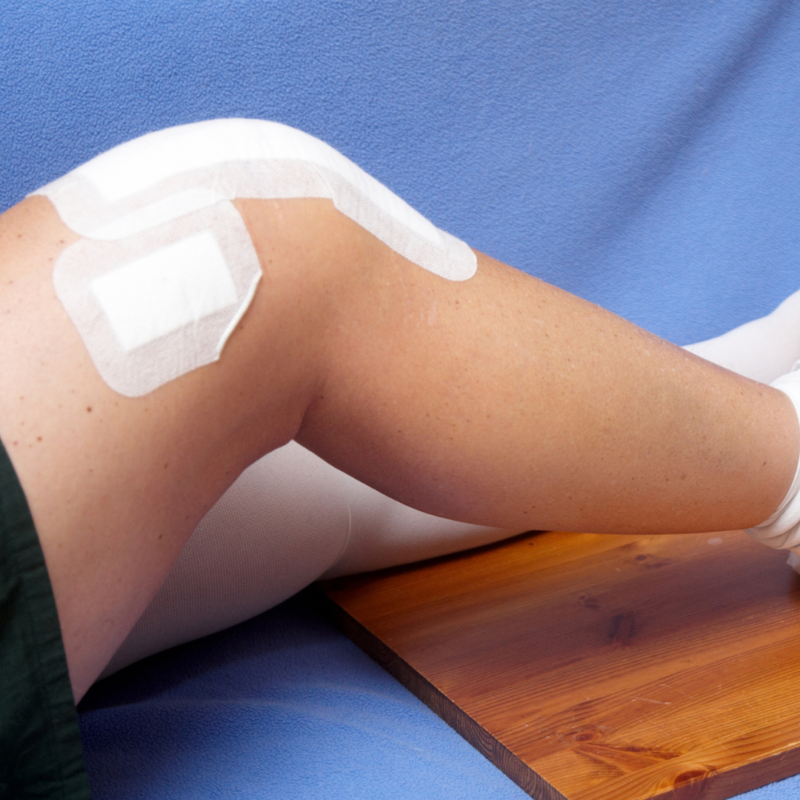
The knee is one of the essential joints in the human body. Many everyday activities rely on the movements at the knee joints, including walking, running, and standing. Since your knee has so many functions that support your daily activities, it is a high-risk area. The common reasons for knee pain are related to injury and repeated stress on the knee. Knee injuries would have symptoms including swelling, redness, tenderness, etc. If this sounds like your situation and you are looking for an Orthopedic Surgeon near 10021, then the New York Sports Medicine Institute is where you can look for doctoral advice.
Who is NYSMI?
The New York Sports Medicine Institute, Orthopedic Surgeon near 10021, is a full service sports medicine practice with authoritative specialties in Orthopedic Surgery, Physical Therapy, and Concussion Care. NYSMI has always aimed to provide the highest quality of orthopedic and sports medicine services. In addition to treating immediate and chronic problems, NYSMI also tries to integrate the doctrine of prevention in all its treatment plans. NYSMI serves patients three years old and up, with treatment and surgery for orthopedic and sports injuries to help with the pain occurring at shoulder, knee, hip, and other pains, from the mild to the severe. NYSMI’s experienced and licensed physical therapists help you improve your mobility and quality of life. Physical therapy can also be an alternative to surgery and pain medication. The NYSMI team has extensive training in diagnosing and treating conditions that limit the body’s ability to move and function in daily life, helping you get back in the game.
What Causes Knee Injuries?
Being active is one of the best things for you to keep your overall health. But getting injuries from being active is common, and they often involve the knees. Knee injuries are usually caused by external forces twisting or bending the knee in a manner it is not anatomically designed for. Common causes of knee injuries include twisting mechanisms caused by falls, sports, or accidents. High-force injuries such as those caused by sports-related injuries and motor vehicle accidents can damage multiple parts of the knee anatomy, causing multiple types of knee injuries.
Risk factors of Knee Injury
Overuse, improper training, osteoporosis, and participating in high-impact sports with sudden changes in direction are all risk factors for a knee injury. Knee pain and swelling are the most common signs and symptoms. Here are some risk factors of knee injury:
- High-impact sports: Running, basketball, football, hockey, soccer, cycling, and etc., could increase the risk of knee pain and injury.
- Exercise: Exercises such as high-impact cardiovascular activity or yoga could also cause knee injuries.
- Overweight: Overweight is a risk factor for knee injuries because it puts more pressure on the lower extremity joints.
- Lack of muscle flexibility or strength: The lack of muscle flexibility could increase the risk of getting knee injury since your muscles help stabilize and protect your joints and let you move freely.
- Overuse / Overtraining: Knee injuries can also be caused by improper or insufficient training for a sport or by improperly rehabilitating acute injuries.
Prevention Tips for Knee Injury
Even though you could not prevent all injuries, you could take some steps to make them less likely. Here are some tips for you to help prevent knee injuries:
- Stretch your muscles and joints after gently moving through the motions of your sport or activity.
- Make sure you wear appropriate footwear.
- Do not make sudden, jarring movements.
- When changing directions, turn on the balls of your feet instead of twisting your knees.
- Slowly increase your exercise program over time.
- If you kneel a lot, you should wear knee pads to prevent bursitis.
- Perform light, easy, and sustained stretches after exercising.
Make an appointment with your doctor if your knee pain worsens to the point that it interferes with your everyday activities or sleep. NYSMI, Orthopedic Surgeon near 10021, is committed to ensuring that you are able to do what you enjoy doing every day. The orthopedic surgeons of New York Sports Medicine Institute are skilled at diagnosing knee injuries and developing an optimal treatment plan. Physical therapy and onsite X-rays are available for patients. We want to make sure that your life is as fulfilling as it was before your injury and that you may improve your athletic ability as a whole.
Addressing a PCL Tear
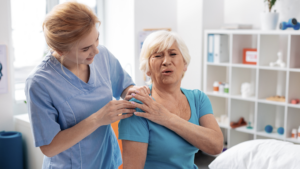
The PCL, or (Posterior Cruciate Ligament), is a precious piece of the knee in sports. It allows for peak mobilization and enforces maximum potential of whatever athletic activity you practice. You cannot get on the field without it. However, unlike the ACL (Anterior Cruciate Ligament), the PCL is the one that is rarely mentioned or even heard of because it’s not a common injury. Too often hear of a torn meniscus or torn ACL, yet the PCL is another ligament that gets injured frequently. However, there is no telling which part of the knee will receive the harshest blow when it is injured, and should there be an incident when it is a torn PCL, you will want to know what treatment it deserves. At New York Sports Medicine Institute, an Orthopedic Surgeon near 10021 we aim to do precisely for you!
Causes of a PCL Tear
PCL tears can stem from various causes, yet those common and likely outsides of sports are involved in automobile accidents, especially when the knee hits the dashboard. However, without a doubt, in the sports world where these injuries occur more than anywhere in the world, ranging from:
- Football,
- Soccer,
- Hockey
- Skiing (non-competitive sports apply)
PCL tears happen in just about any sport where the knee is necessary to be on the winning team.
Symptoms of a PCL Tear
Symptoms of PCL tears are numerous and varied. However, none of them are capable of permanently damaging your knee. Still, at Orthopedic Surgeon near 10021, New York Sports Medicine Institute, we know that these symptoms keep you from feeling yourself and give off the feeling that your knee will collapse and be lost forever. For signs to be treated, we have to understand just what they are complete. The symptoms are:
- Mild to moderate pain in the knee, which often results in painful walking or limping
- Swelling in the knee, which kicks in immediately and happens rapidly
- Significant looseness in the knee, causing the feeling of it about to collapse on itself
Depending on the severity of the injury and affliction to the PCL, some PCL tear symptoms may not even show themselves until days later. This may occur when no other part of the knee, such as meniscus or ACL, is affected, which is rare when a blow to the knee is made. Often, when the ACL is injured, a popping sound may be heard, yet this is never the case with the PCL, as little to no sound is made when it is damaged, and it may be hard to hear anything amidst the cheers of the crowd or other ambient noises. Always be alert and mindful of the state of your knee after a game, practice, or other related knee-related activity.
Classifying The Kinds of PCL Tears
Yes, you read that correctly. There are different kinds of PCL tears, though these are just the ranging severities of them. Grades sort them in how bad the injury is:
- Grade I: The PCL is partially torn
- Grade II: Same as Grade I, yet looser
- Grade III: The PCL is completely torn, causing the knee to be extremely unstable
- Same as Grade III, yet other ligaments of the knee are affected as well
Your medical provider will be able to examine and estimate just what grade you fall under, though it is up to you to make the right decisions and get it treated accordingly. New York Sports Medicine Institute, an Orthopedic Surgeon near 10021, can help with that!
Treatments For a PCL Tear
Depending on how bad the injury is, treatments can be mentally demanding, as it takes a great deal of time, commitment, and patience to do what is best for your knee and you overall. Here are just a few common ways to help treat those painful conditions dubbed as the RICE Method.
- Rest – It’s best to keep any knee activity at a minimum. Allowing your knee to rest will keep the swelling and soreness down.
- Ice – As is often the case with any injury, ice can help to reduce swelling. Apply it often, with ten to twenty-minute durations
- Compression – Having a wrapped bandage around the afflicted area can dramatically help lessen the pain and allow the knee to heal.
- Elevation – Having the knee above the waist also helps the knee heal quicker.
Contact An Orthopedic Surgeon near 10021
If you recently had a tear in your PCL, New York Sports Medicine Institute, an Orthopedic Surgeon near 10021, is always here to help! Treatments can be mentally demanding, as it takes a great deal of time commitment and patience to do what is best for your knee and you overall. Always be alert and mindful of the state of your knee after a game, practice, or other related knee-related activity. Contact us if you need an orthopedist for your knee injury today!
How To Heal a PCL Injury?
NYSMI is Orthopedic Surgeon near 10021 that specializes in sports medicine. Our team of dedicated and hardworking professionals is here to help you get back on your feet and live your normal everyday life. We also offer orthopedic care as well for our patients. NYSMI has a team specialized in sports medicine and a team for concussions. We have a variety of locations all over but come see the Orthopedic Surgeon near 10021 to heal and receive the best treatment.
What is a PCL?
A PCL, also known as a posterior cruciate ligament, is one of the two tough bands of connective tissue that hold the femur (thighbone) and tibia (large bone of the lower leg) to the knee joint. The other band of fibrous tissue is known as the ACL, anterior cruciate ligament. The PCL and ACL work together to stabilize the knee by forming an X pattern. The PCL specifically helps keep the lower portion of the leg in line with the upper portion, especially when the knee is bent or flexed.
How Can a PCL Injury Occur?
A PCL injury or ACL injury can be common among some people and is extremely painful. These types of injuries can be found among athletes. It is most commonly occurring when athletes fall forward and land on their knees extremely hard when the knee is bent or flexed. This injury is seen in sports such as rugby, football, soccer, and basketball.
Another time where this type of injury can be seen is in car accidents. In a car accident, when the knee is smashed into the front dashboard of a car is when most PCL injuries occur. This injury can occur in other ways, but these two ways seem to be the most common among people.
There are different types of PCL injuries.
- Grade 1
- PCL partial tear
- Grade 2
- It is partially torn and looser than the Grade 1 tear
- Grade 3
- The ligament is completely torn and the knee is very unstable
- Grade 4
- PCL is fully damaged along with other ligaments in the knee
There are also acute and chronic PCL injuries which are different. An acute injury is when the PCL is suddenly injured, while a chronic PCL injury is when the injury develops over time.
When a PCL injury occurs, many people do not have a sudden rush of pain in the knee or hear a popping sound. Instead, oftentimes people think they have a minor knee injury, but symptoms can develop and become more severe over time.
- Swelling
- Unstableness in the knee
- Trouble walking
- Knee pain
If you are experiencing these symptoms, you should see an Orthopedic Surgeon near 10021.
How To Heal a PCL Injury?
When treating and trying to heal a PCL injury, the first thing you should do is go to your doctor. They are going to ask you how it exactly happened and whether or not your knee was bent or straight. The doctor will then complete a physical examination of your knee by having you lie down on your back with a series of bending your knee and applying pressure. The doctor could also give you various tools to see how tight the ligament is, walk around, and check for any abnormalities in your knee movement. An X-Ray could be used as well to see exactly where the injury is or if any pieces of bone broke off during your injury.
There are many different ways you could treat a PCL injury. At home, you could:
- Rest your knee to prevent any further injuries
- Ice the knee
- Elevate it
- Use pressure from an elastic band to keep the knee in place
Many people also go to physical therapy for this injury. Depending on the severity of the injury, not everyone needs surgery to heal. During physical therapy, you will:
- Use crutches to stabilize your walking
- Have the physical therapist move your knee in a variety of motions
- Wear a knee brace
- Strengthen your thigh muscle
- Walk on a treadmill
However, if the injury is much more severe and several pieces of bone broke off during the injury, you may need surgery. This could also include if you:
- Have more than one ligament tear
- Chronic PCL looseness
During the surgery, the doctor will replace the torn tissue rather than trying to stitch it back together. They could receive the tissue from a donor or from another part of your body where it is not needed.
Orthopedic Surgeon near 10021:
If you are experiencing knee pain or need physical therapy or concussion therapy, you need to see NYSMI, an Orthopedic Surgeon near 10021. Our team is dedicated to helping you heal from your injury and get back to the normal, active, and healthy lifestyle you once lived.
